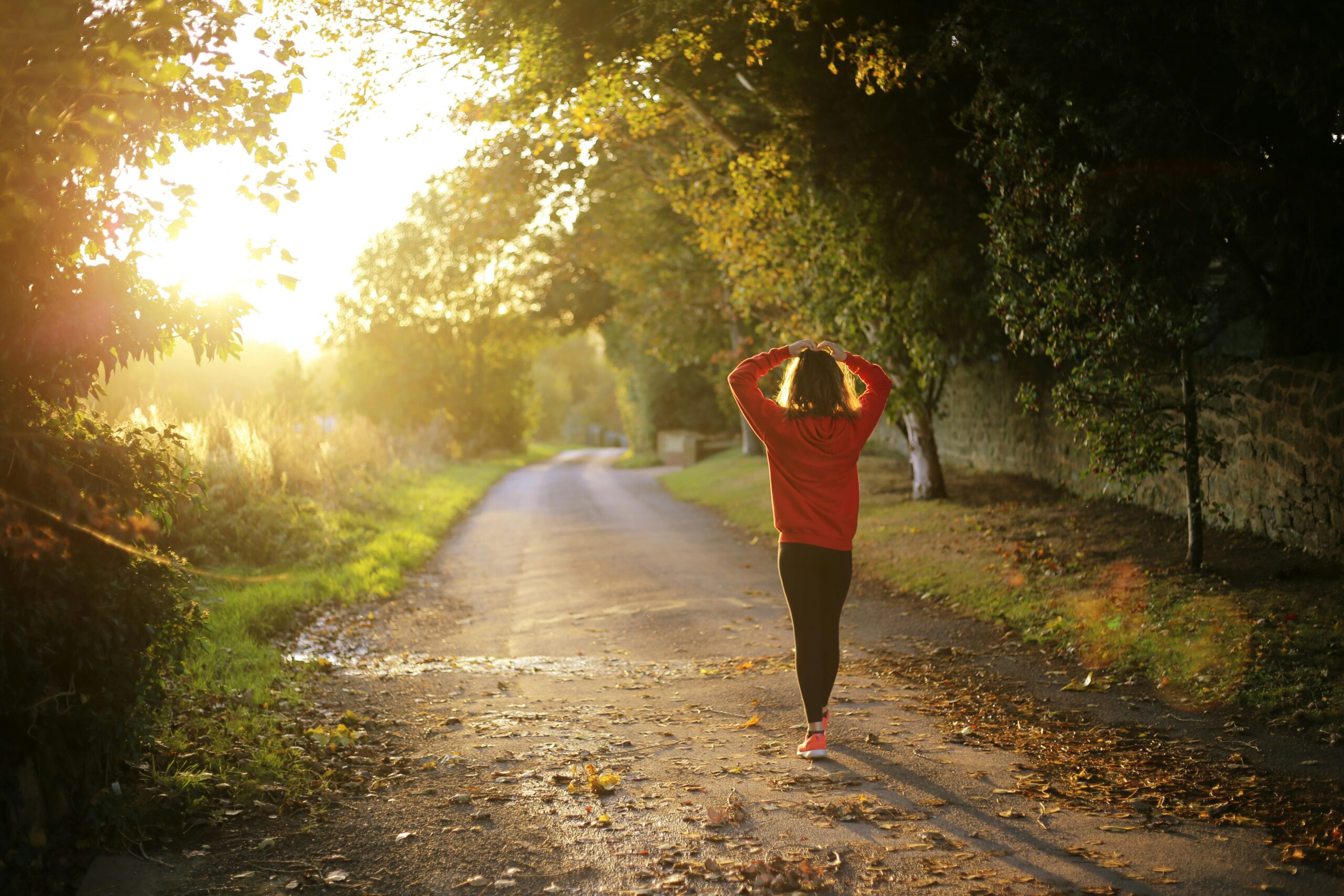By Jess Kaado, Preventionist
Every single adult has been made aware of the health benefits of exercise, both for our physical and mental health, over the years. But, I’m sure most would agree that staying active as we age is easier said than done. Our days are busy, our lives are emotionally complex — add physical limitations to that and it makes exercising more difficult and potentially painful as we age. Life’s circumstances can certainly make for a recipe for a more sedentary life.
From personal experience, I find that building exercise into my day has to start small and I have to get creative. It may look like parking a little farther from the store to get some extra steps in, setting alarms for myself to do two laps around the office, or taking the stairs instead of the elevator. I also found that wearing a fitness tracker, such as a Fitbit, helps to see my progress in real-time, and I can set little goals for myself. It will typically get a little easier to add to that once I start feeling the benefits. These are all small behavior changes that add up.
We often think of the word “exercise” and connect it to aerobic or high-impact activity. This may make it feel more difficult to do or less of an achievable, long-term plan. However, that is not necessarily the case. If we take a moment to think about it, all of us can think of places and ways to incorporate some form of physical activity into our lives!
For a more detailed list of ways to stay active, visit the National Council on Aging at: https://www.ncoa.org/article/exercise-programs-that-promote-senior-fitness
Photo by Emma Simpson

